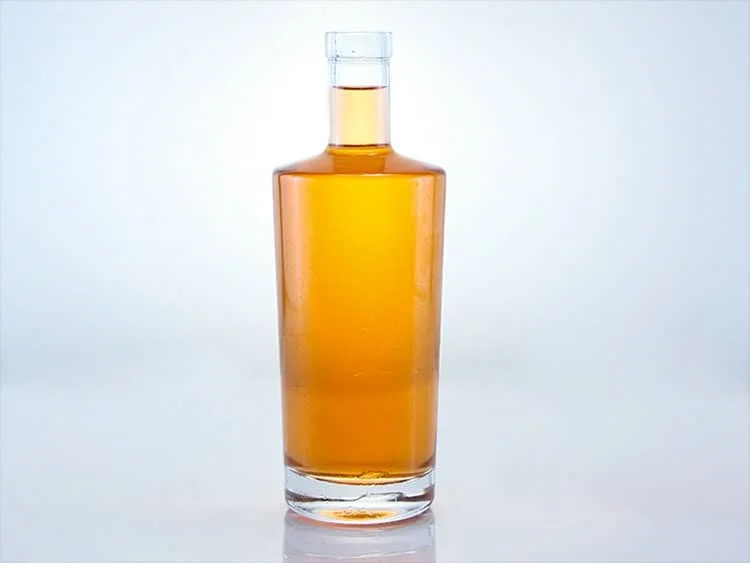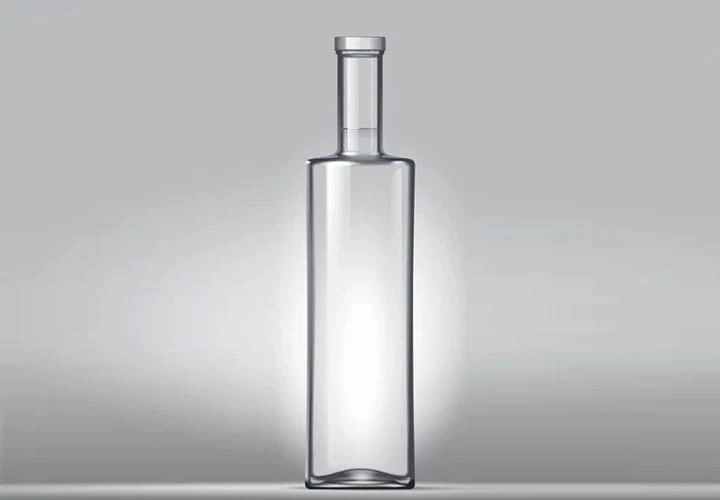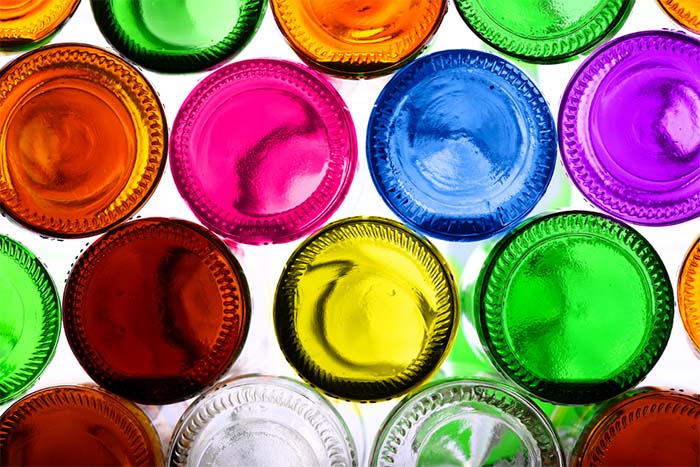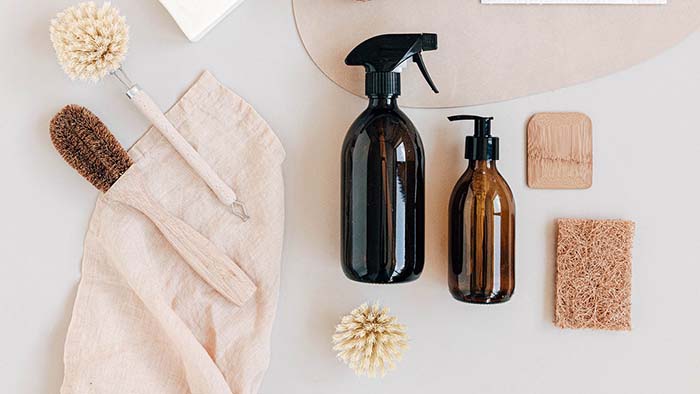Introduction
Glass jar terrariums are captivating miniature gardens that bring a touch of nature into your living space. These self-contained ecosystems, housed within transparent glass containers, provide a unique opportunity to observe the natural processes of plant growth and development. In this guide, we’ll cover the materials needed, step-by-step instructions for creating a glass jar terrarium, and essential care tips to ensure the longevity and health of your miniature garden.
Materials
To create a beautiful glass jar terrarium, gather the following materials:
- Glass jar or container: Choose a transparent glass jar with a wide opening for easy access and proper ventilation. If you’re looking for high-quality glass containers, consider exploring Valiant Glass, a leader in crafting durable and visually appealing glass bottles and containers.
- Gravel or pebbles: This will act as a drainage layer at the bottom of the jar, preventing waterlogging.
- Activated charcoal: Helps filter the air and prevents mold and bacteria from developing.
- Potting soil: Use a well-draining potting mix suited for the plants you wish to grow.
- Small plants: Opt for plants that thrive in the specific conditions of your terrarium, such as succulents, ferns, or mosses.
- Decorative elements: Optional items like small figurines, rocks, or driftwood can add charm and character to your terrarium.
Terrarium Creation Steps
1. Clean the Glass Jar
Ensure your glass jar is thoroughly cleaned and free from dirt or residue. Use warm soapy water and a soft cloth to clean both the inside and outside of the jar. Having a pristine glass container sets the foundation for a beautiful terrarium.
2. Add a Drainage Layer
Place a layer of gravel or pebbles at the bottom of the jar. This drainage layer will help prevent the roots from sitting in excess water, keeping your plants healthy.
3. Add Activated Charcoal
Sprinkle a thin layer of activated charcoal over the gravel. The charcoal will help filter the air and reduce the risk of mold and bacteria growth within the terrarium.
4. Add Potting Soil
Top the charcoal with a layer of well-draining potting soil. The depth of the soil depends on the size of your plants and their root systems. Make sure the soil layer is deep enough for the roots to settle and grow.
5. Plant Selection and Arrangement
Choose small plants suited to the conditions of your terrarium. Consider plants that prefer high humidity or low light. Arrange the plants in a way that leaves room for growth. For an aesthetically pleasing design, consider the height and spread of the plants. Some great options are mosses, ferns, and certain types of succulents.
6. Water the Plants
Lightly water the plants using a spray bottle or by gently pouring water near the base of the plants. Be careful not to overwater, as excess moisture can lead to root rot.
7. Decorate the Terrarium
Add decorative elements like small figurines, rocks, or driftwood to enhance the visual appeal of your terrarium. Keep in mind not to overcrowd the space, as plants need room to grow.
8. Seal the Terrarium
Once you are satisfied with the arrangement, seal the glass jar with its lid or a piece of plastic wrap. This will create a humid environment inside the jar, reducing the need for frequent watering.
9. Place the Terrarium in an Appropriate Location
Find a spot for your terrarium that provides the right amount of light for your plants. Avoid placing it in direct sunlight, as this can cause the glass to overheat and harm the plants. Indirect or filtered light is ideal.
Terrarium Care and Maintenance
Monitor your terrarium regularly to ensure the plants remain healthy. Water it only when the soil feels dry, and avoid overwatering. If condensation builds up on the glass, remove the lid briefly to allow for air circulation. Trim any dead or overgrown plant parts to maintain a tidy and visually appealing setup.
Conclusion
Creating a glass jar terrarium is a rewarding and creative way to incorporate nature into your home. With just a few steps and some attention to detail, you can enjoy a thriving, self-sustaining miniature garden. Remember to choose plants that are compatible with the environment inside your glass container, and monitor the moisture levels and light exposure regularly. With care, your terrarium will thrive, and you’ll have a beautiful glass container centerpiece that brings the wonders of nature indoors.
Whether you are creating a glass terrarium or need customized glass packaging for your brand, Valiant Glass offers a range of glass bottles and glass containers tailored to your needs. For brands in the spirits, wine, and beverage industries, explore our range of spirits bottles, including options for whiskey bottles, vodka bottles, rum bottles, gin bottles, and more. For the wine industry, we also provide champagne bottles, red wine bottles, and white wine bottles that are perfect for creating distinctive, eco-friendly packaging for your products. Explore our full range of customizable bottles here.
If you’re looking for more knowledge of glass bottles, check out the following articles:
– Top 4 Drinking Glass Manufacturers in the U.S
– Top 10 Glass Bottle Manufacturing Companies in India(Latest Updates)
– Top 10 Glass Bottle Manufacturers In The USA
– Why Choose Apple Juice in Small Glass Bottles? A Flavorful Experience
Consult Your Valiant Glass Bottles & Packaging Experts
We help you avoid the pitfalls to deliver the quality and value your glass bottle and jar need, on-time and on-budget.














